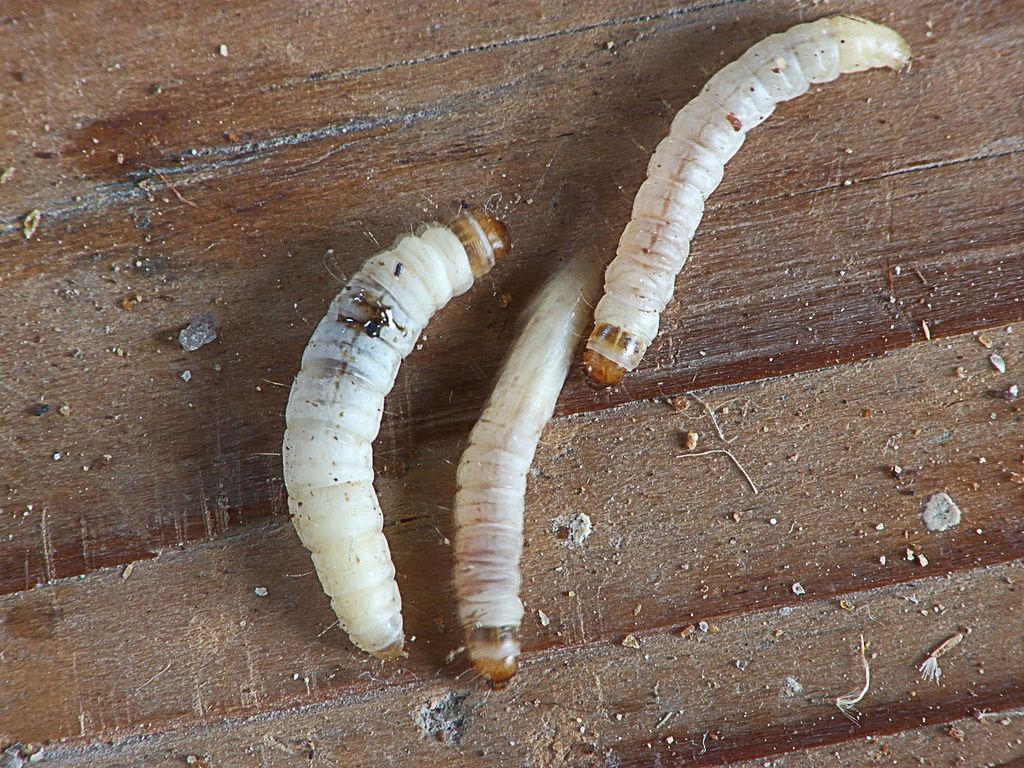Picture this: millions of tons of plastic waste choking our oceans, filling landfills, and persisting in the environment for centuries. Now imagine tiny caterpillars munching through plastic bags like they’re enjoying their favorite snack. It sounds like science fiction, but this remarkable phenomenon is happening right under our noses. These aren’t just any ordinary insects – they’re waxworms, and they might hold the key to solving one of humanity’s most pressing environmental challenges. The discovery didn’t happen in a sterile laboratory with researchers in white coats. Instead, it began with a simple observation by a scientist who happened to be a beekeeper. When she cleaned out her beehives and placed the wax-infested combs in plastic bags, something extraordinary occurred. The bags developed holes, and the waxworms had mysteriously vanished. This serendipitous moment would spark a revolution in our understanding of biological plastic degradation.
The Accidental Discovery That Changed Everything
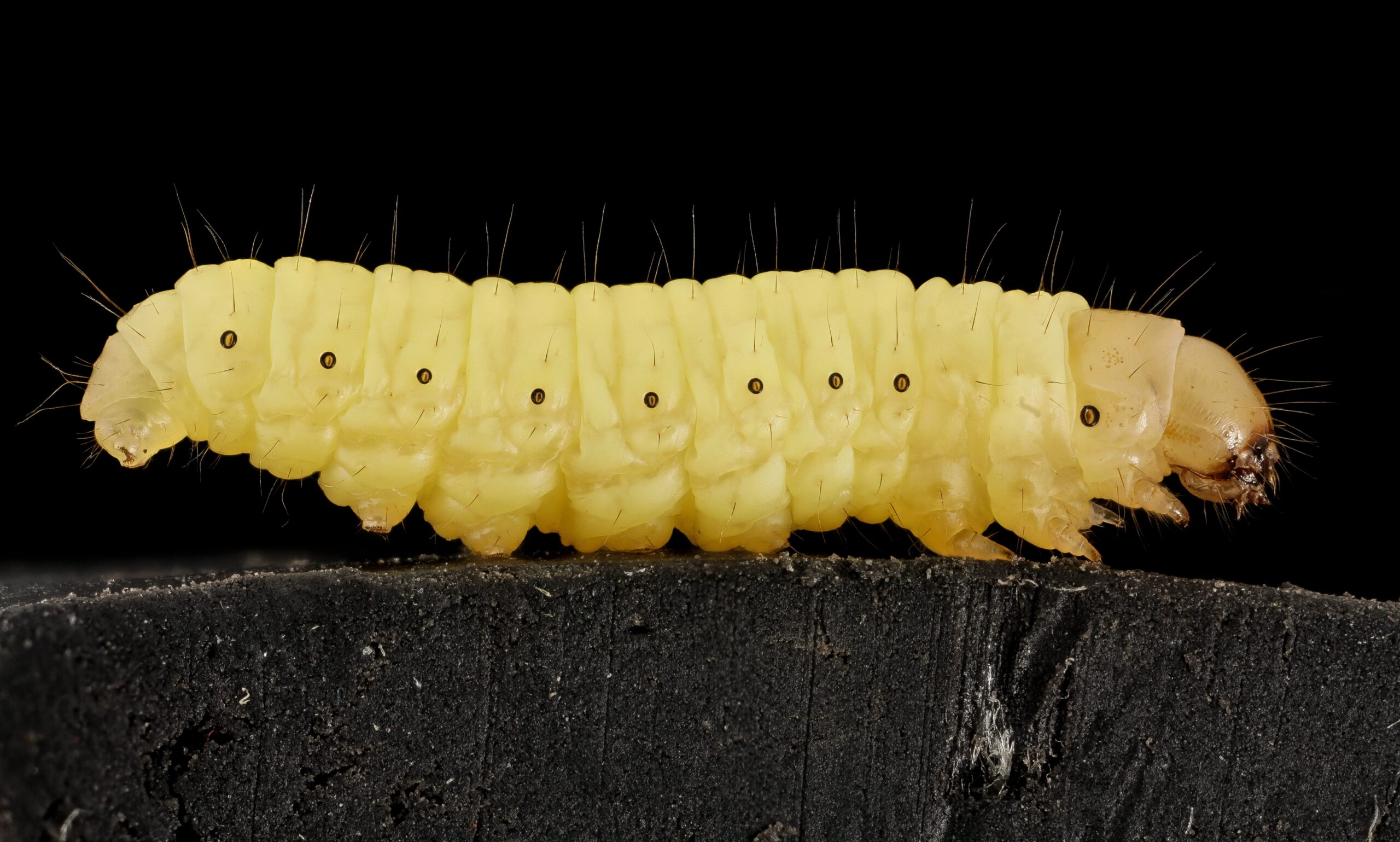
Dr. Federica Bertocchini wasn’t looking to solve the world’s plastic crisis when she made her groundbreaking discovery in 2017. She was simply trying to deal with a common beekeeping problem – waxworms infesting her hives. These small caterpillars, scientifically known as Galleria mellonella, are typically considered pests in the beekeeping world. When she removed the infected honeycombs and placed them in a standard plastic shopping bag, something unexpected happened within hours. The bag was riddled with holes, and many of the waxworms had escaped. At first, she thought they had simply chewed through the plastic to break free, but closer examination revealed something far more significant. The plastic wasn’t just torn or damaged – it was actually being chemically broken down. This wasn’t mechanical destruction; it was biological degradation happening at a molecular level. The discovery would soon capture the attention of scientists worldwide and open up entirely new possibilities for tackling plastic pollution.
Meet the Mighty Waxworm
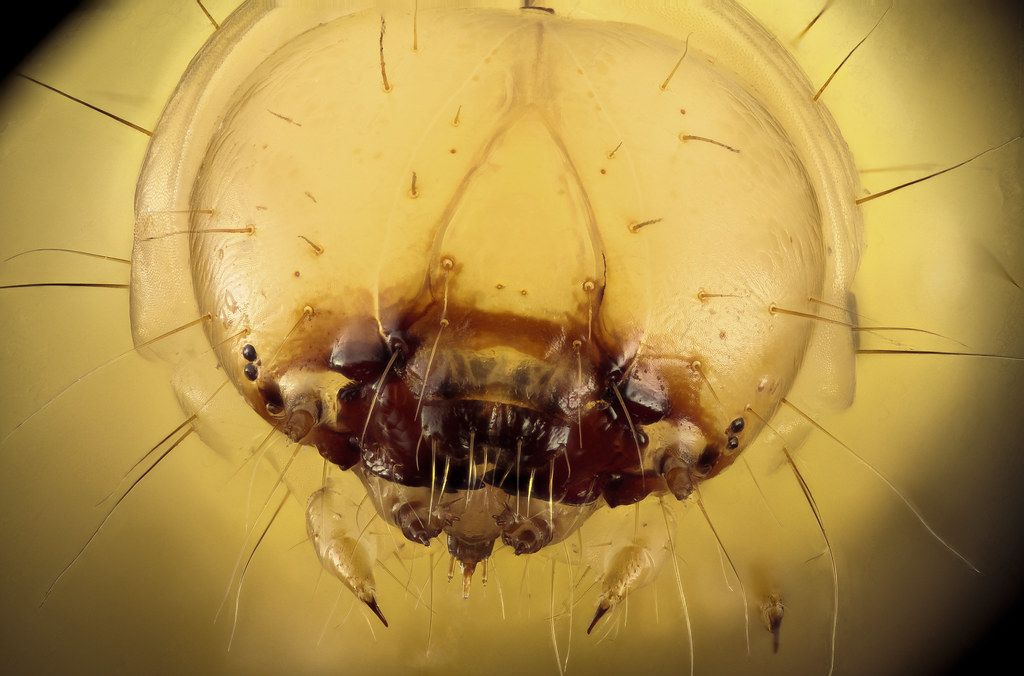
Waxworms might look like ordinary caterpillars, but they’re actually remarkable creatures with extraordinary abilities. These larvae of the greater wax moth spend their natural lives inside beehives, feeding on beeswax, honey, and pollen. They’ve evolved over millions of years to break down some of nature’s most complex waxy compounds. What makes them special isn’t their size – they’re only about an inch long when fully grown. It’s their incredibly specialized digestive system that sets them apart from other insects. Their gut contains unique enzymes and bacteria that can break down the long-chain hydrocarbons found in beeswax, which happen to be chemically similar to those found in polyethylene plastic. The waxworm’s superpower lies in its ability to cleave chemical bonds that most other organisms simply can’t touch. While beeswax and plastic might seem completely different to us, they share similar molecular structures that these tiny creatures have learned to exploit. This evolutionary adaptation, originally designed for surviving in beehives, has accidentally given them the ability to tackle one of humanity’s biggest environmental problems.
The Science Behind Plastic Digestion
Understanding how waxworms digest plastic requires diving into the fascinating world of molecular chemistry. Polyethylene, one of the most common plastics used in shopping bags and packaging, consists of long chains of carbon and hydrogen atoms. These chains are incredibly stable, which is why plastic persists in the environment for hundreds of years. The secret weapon in the waxworm’s arsenal appears to be a specific enzyme that can break these seemingly indestructible bonds. When researchers analyzed the waxworm’s saliva and gut contents, they found evidence of enzymatic activity that could cleave polyethylene chains into smaller, more manageable pieces. This process transforms the plastic from a persistent pollutant into biodegradable compounds. What’s even more remarkable is the speed at which this happens. While plastic in the environment might take 100-400 years to naturally break down through weathering and UV exposure, waxworms can begin degrading plastic within hours. Laboratory studies have shown that 100 waxworms can consume about 92 milligrams of plastic in just 12 hours – a rate that far exceeds any previously known biological plastic degradation.
Comparing Plastic-Eating Champions

Waxworms aren’t the only organisms scientists have discovered with plastic-eating abilities, but they’re certainly among the most impressive. Japanese researchers previously identified a bacterium called Ideonella sakaiensis that can break down PET plastic bottles, but the process takes weeks or months to show significant results. Other insects have also shown promise in this field. Mealworms, the larvae of darkling beetles, can digest polystyrene foam, though at much slower rates than waxworms process polyethylene. Some researchers have even found that certain fungi and other bacteria can contribute to plastic breakdown, but none match the efficiency of our waxy little heroes. The key difference lies in evolution and adaptation. Waxworms have spent millions of years perfecting their ability to break down complex waxy substances, giving them a head start in the plastic-eating game. Their specialized gut microbiome and enzyme production make them uniquely suited for this task, setting them apart from other potential biological solutions to plastic pollution.
The Environmental Impact Potential
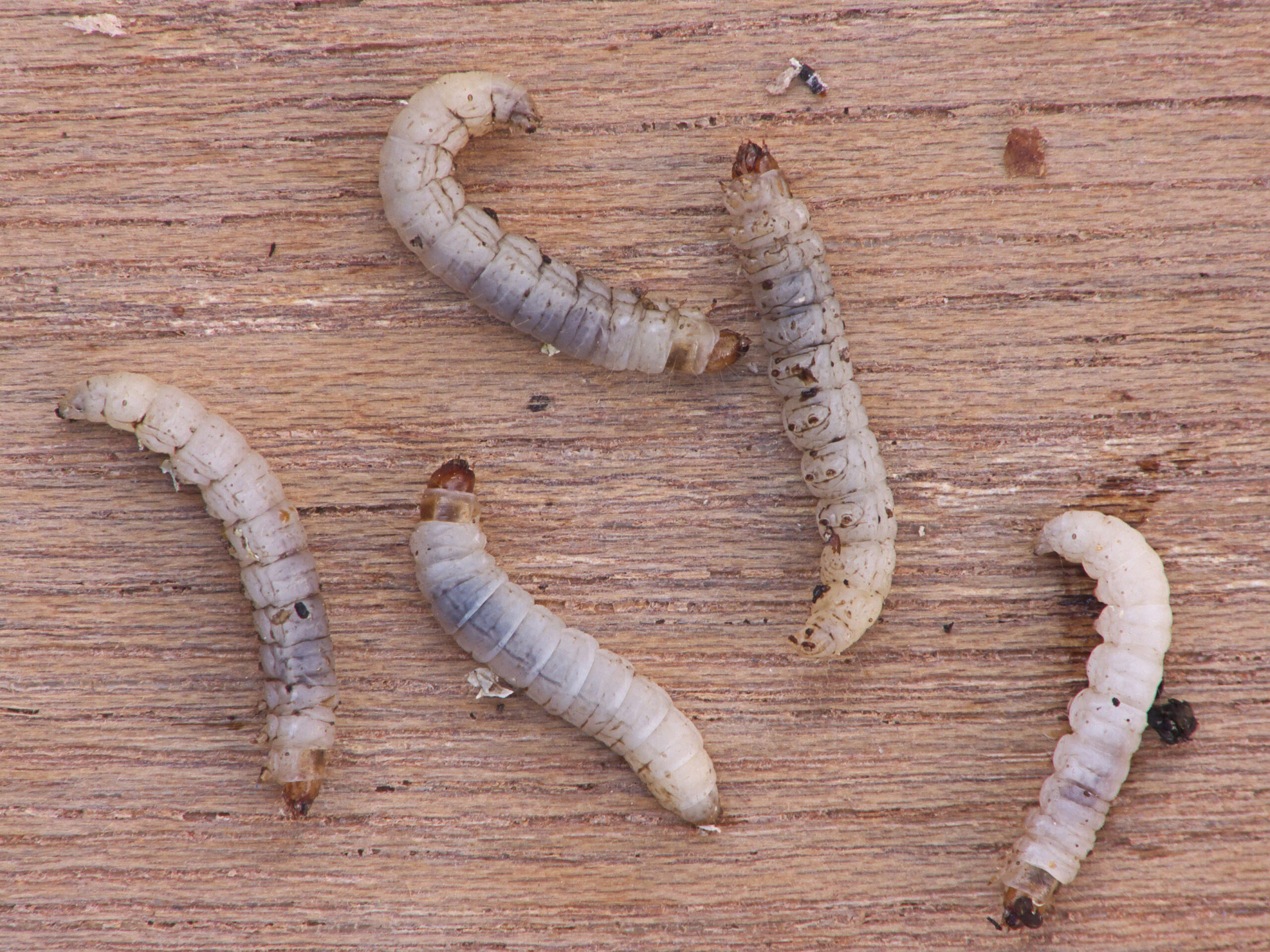
The implications of waxworm plastic digestion extend far beyond the laboratory. Consider that humans produce over 300 million tons of plastic waste annually, with only a small fraction being properly recycled. If waxworms or their enzymes could be scaled up for industrial use, they could potentially address massive amounts of waste that currently end up in landfills and oceans. However, the environmental benefits aren’t straightforward. While waxworms can break down plastic, the end products of their digestion need careful study. Scientists are working to understand whether these byproducts are truly harmless or if they might pose other environmental risks. The goal isn’t just to make plastic disappear, but to ensure it’s converted into genuinely safe compounds. The speed of degradation also raises interesting possibilities for waste management. Instead of waiting centuries for plastic to naturally break down, we might be able to accelerate the process dramatically. This could transform how we think about plastic use and disposal, potentially making certain types of plastic waste carbon-neutral or even beneficial to the environment.
Laboratory Breakthroughs and Research Findings
Recent studies have revealed fascinating details about the waxworm’s plastic-eating abilities. Researchers at Cambridge University conducted controlled experiments, measuring exactly how much plastic different numbers of waxworms could consume under various conditions. Their findings showed that the rate of degradation could be influenced by factors like temperature, humidity, and the type of plastic being consumed. One of the most significant breakthroughs came when scientists identified the specific enzymes responsible for plastic breakdown. By isolating these proteins, researchers have been able to study their structure and function in detail. This knowledge opens up possibilities for engineering these enzymes to be even more effective or for producing them in large quantities without needing to raise millions of waxworms. The research has also revealed that the plastic-eating ability isn’t universal among all waxworm populations. Some colonies show stronger plastic-degrading capabilities than others, suggesting that this trait could be selectively bred or enhanced. This genetic variation provides hope that we might be able to develop super-efficient plastic-eating waxworms through careful breeding programs.
Industrial Applications and Scaling Challenges
Transforming laboratory discoveries into real-world solutions presents enormous challenges. Scaling up waxworm plastic degradation to handle industrial quantities of waste would require massive breeding facilities and carefully controlled conditions. The logistics alone would be staggering – imagine the infrastructure needed to raise billions of waxworms and manage their lifecycle while processing plastic waste. Cost considerations also play a crucial role in determining feasibility. While waxworms might be able to eat plastic, the expense of raising them, housing them, and managing their waste products might exceed the value of the plastic being processed. Economic viability will ultimately determine whether this biological solution can compete with traditional recycling methods or waste-to-energy approaches. However, the enzyme approach offers more promising industrial potential. If scientists can mass-produce the plastic-eating enzymes in bioreactors using bacteria or yeast, they could potentially treat plastic waste without needing living waxworms. This biotechnological approach could be more controllable, scalable, and cost-effective than managing insect populations.
The Role of Gut Microbiomes
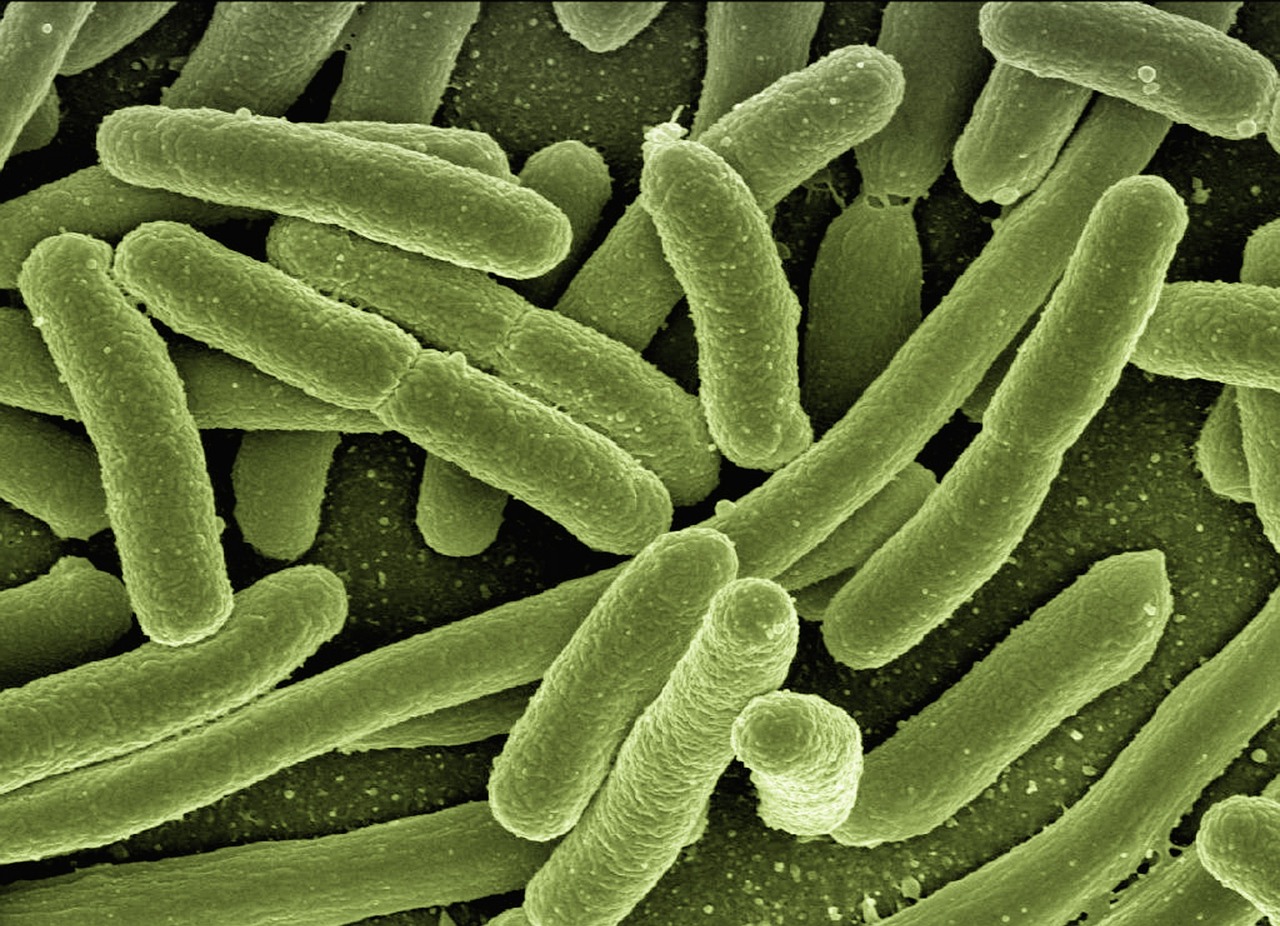
Recent research has revealed that waxworms don’t work alone in their plastic-eating endeavors. Their gut microbiome – the community of bacteria and other microorganisms living in their digestive system – plays a crucial role in the plastic degradation process. These microscopic partners may be doing much of the heavy lifting when it comes to actually breaking down the plastic molecules. Scientists have identified specific bacterial strains within waxworm guts that show plastic-degrading activity. Some of these bacteria can even survive and reproduce outside the waxworm’s body, raising the possibility of cultivating them independently. This discovery suggests that the solution to plastic pollution might not require the waxworms themselves, but rather their microbial partners. The symbiotic relationship between waxworms and their gut bacteria represents millions of years of co-evolution. Understanding this partnership could lead to more efficient ways of breaking down plastic waste. Researchers are now working to identify which bacterial species are most important and whether they can be enhanced or modified to improve their plastic-eating capabilities.
Beyond Polyethylene: Other Plastic Types
While waxworms have shown remarkable ability to digest polyethylene, the plastic world is far more complex. There are dozens of different plastic types, each with unique chemical structures and properties. PET bottles, polystyrene foam, PVC pipes, and nylon fabrics all present different challenges for biological degradation. Early research suggests that waxworms might have some ability to process other plastic types, but their effectiveness varies dramatically. Some plastics that seem similar to polyethylene are completely resistant to waxworm degradation, while others break down at different rates. This specificity means that a comprehensive biological approach to plastic waste would likely require multiple organisms or enzymes. The diversity of plastic waste in the environment also creates practical challenges. Real-world plastic waste isn’t pure – it’s often contaminated with food residues, dyes, additives, and other materials that could interfere with biological degradation. Understanding how waxworms and their enzymes perform with these complex, mixed waste streams is crucial for developing practical applications.
Potential Risks and Ecological Concerns
Introducing plastic-eating organisms into the environment isn’t without risks. While the prospect of waxworms cleaning up plastic pollution sounds appealing, scientists must carefully consider potential unintended consequences. What happens if these organisms evolve to eat other materials we don’t want them to consume? Could they potentially damage useful plastic infrastructure or products? There’s also the question of what happens to the plastic once it’s “eaten.” The end products of waxworm plastic digestion need thorough analysis to ensure they’re not toxic to other organisms or harmful to ecosystem health. Breaking down plastic is only beneficial if the resulting compounds are genuinely safer than the original material. Ecological balance presents another concern. Introducing large populations of waxworms or their enzymes into natural environments could have unpredictable effects on local ecosystems. These considerations require extensive testing and careful risk assessment before any large-scale deployment could be considered safe.
Global Research Efforts and Collaboration
The discovery of plastic-eating waxworms has sparked research initiatives around the world. Universities, government laboratories, and private companies are investing millions of dollars in understanding and developing this technology. International collaborations are forming to share data, resources, and expertise in tackling this global challenge. China, Japan, the United States, and European Union countries are all funding significant research programs focused on biological plastic degradation. These efforts range from basic science research to understand the mechanisms involved, to applied engineering projects aimed at developing commercial applications. The global nature of plastic pollution has created an unusual level of international cooperation in finding solutions. Private companies are also getting involved, seeing potential business opportunities in plastic-eating organisms and enzymes. Biotechnology firms are working to develop commercial products, while waste management companies are exploring how this technology might fit into their operations. This combination of public research and private investment is accelerating progress toward practical applications.
Timeline for Real-World Implementation
While the science is promising, experts caution that widespread implementation of waxworm-based plastic degradation is still years away from reality. Current research suggests that small-scale applications might be possible within 5-10 years, but industrial-scale solutions will likely take much longer to develop. The most promising near-term applications involve using isolated enzymes rather than living waxworms. These could potentially be integrated into existing recycling facilities or waste treatment plants to enhance plastic processing capabilities. Such applications might begin appearing in specialized facilities within the next decade. Large-scale environmental remediation using biological plastic degradation remains a longer-term prospect. The complexity of natural environments, the diversity of plastic waste, and the need for extensive safety testing mean that widespread environmental applications are probably 15-20 years away, assuming the technology continues to develop successfully.
Economic Implications and Market Potential
The economic potential of plastic-eating organisms extends beyond just waste management. If successfully developed, this technology could create entirely new industries and transform existing ones. The global plastic recycling market is already worth billions of dollars annually, and biological degradation could capture a significant portion of this market. Cost-effectiveness remains a major question mark. Traditional mechanical recycling, while imperfect, is relatively inexpensive and well-established. Biological plastic degradation would need to offer compelling advantages – whether in cost, effectiveness, or environmental benefits – to compete successfully in the marketplace. There’s also potential for premium applications where cost is less important than environmental benefits. High-value industries or environmentally conscious consumers might be willing to pay more for biological plastic processing, creating niche markets that could support the technology’s development while costs are optimized for broader applications.
The Future of Plastic-Eating Biotechnology
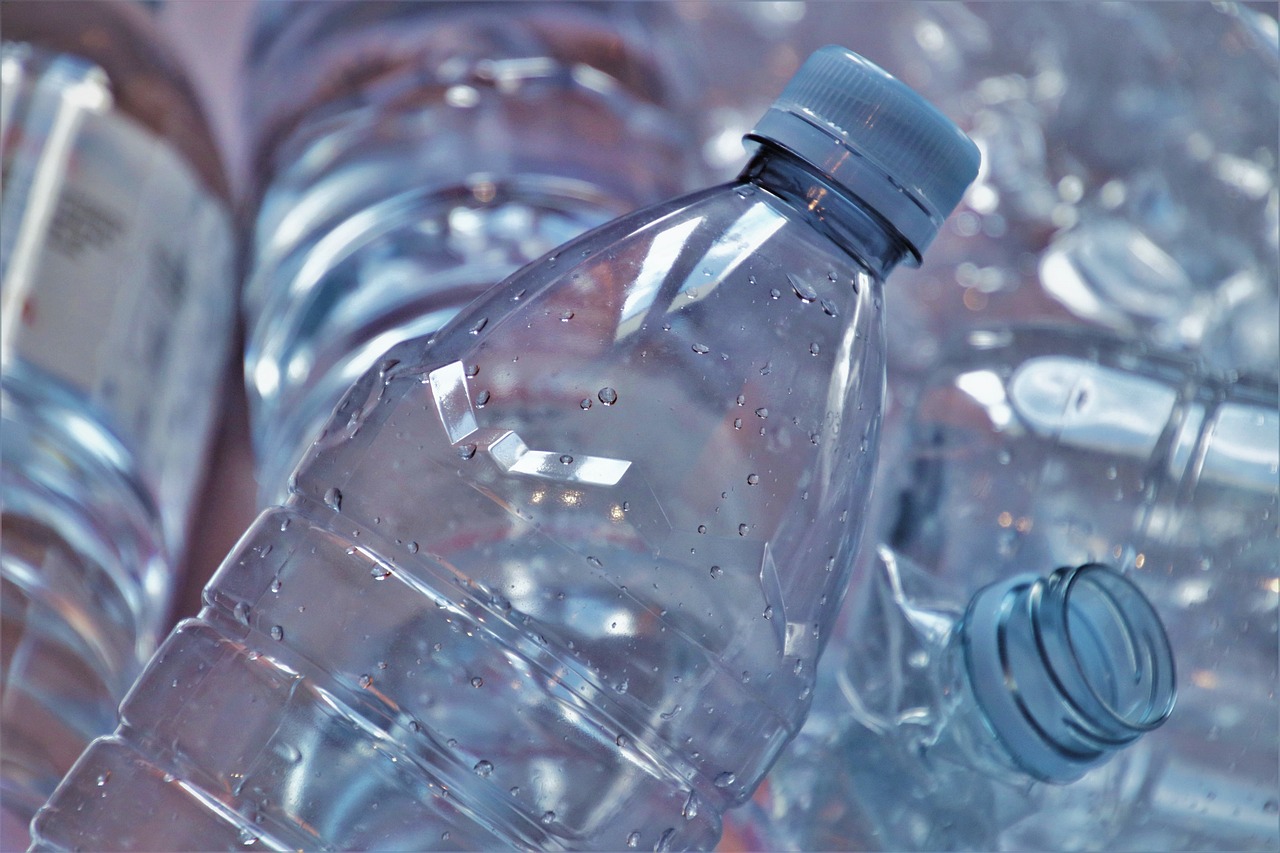
Looking ahead, the field of biological plastic degradation is expanding beyond just waxworms. Scientists are using genetic engineering techniques to enhance natural plastic-eating abilities and even create entirely new organisms designed specifically for plastic consumption. CRISPR gene editing and other biotechnology tools are opening up possibilities that weren’t imaginable just a few years ago. Artificial intelligence and machine learning are also playing increasing roles in this research. These technologies can help scientists identify new plastic-eating organisms, optimize enzyme production, and design more effective biological systems. The combination of biology and computing power is accelerating discovery and development in ways that surprise even researchers in the field. The integration of biological plastic degradation with existing waste management systems represents another frontier. Rather than replacing current approaches entirely, these technologies might work alongside traditional recycling, waste-to-energy, and landfill management to create more comprehensive and effective waste processing systems.
Conclusion
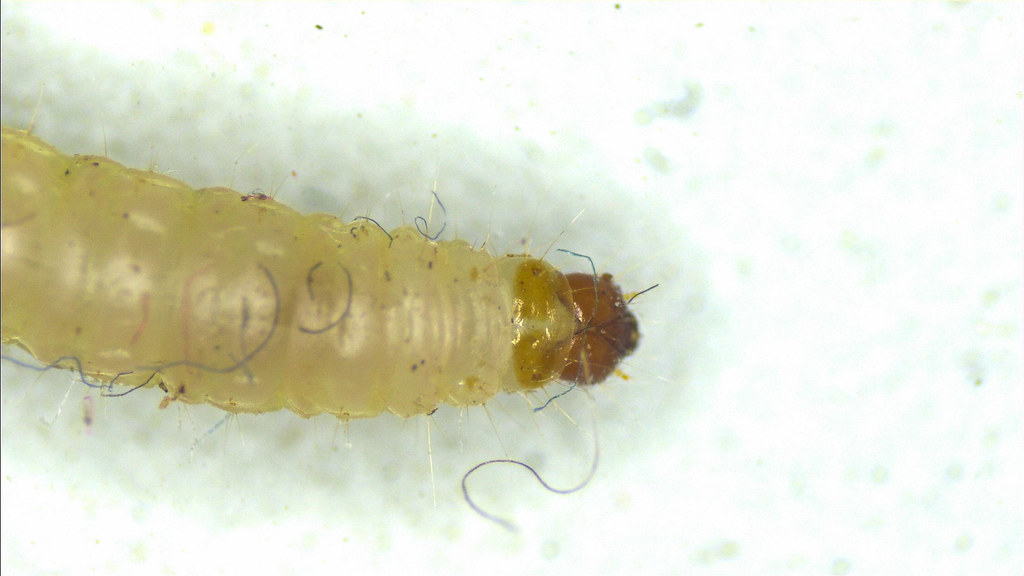
Scientists are discovering that nature has been quietly working on the plastic problem for decades, with organisms evolving new abilities to exploit this abundant food source. Waxworms represent just one example of life’s incredible adaptability and ingenuity. Their plastic-eating abilities offer hope for addressing one of our most persistent environmental challenges, though significant work remains before this biological solution can reach its full potential. The journey from laboratory curiosity to industrial application will require continued research, substantial investment, and careful consideration of environmental and economic factors. While we shouldn’t expect waxworms to solve the plastic crisis overnight, their remarkable abilities point toward a future where biology and technology work together to clean up the mess we’ve made. What seemed impossible just a few years ago now appears surprisingly achievable – have we finally found nature’s answer to our plastic problem?

